When we speak, our words are packed with context, emotions, and lived experiences. Machines don’t work like that. They need facts, structure, and logic to make sense of the world. That’s where knowledge representation in AI comes into play. It’s not glamorous, but it’s essential—it’s how machines organize knowledge and simulate intelligent behavior.
Whether it’s a search engine, a digital assistant, or a medical AI, the system is only as smart as the way information is represented behind the scenes. This foundation allows machines to reason, infer, and respond intelligently in complex situations.
Knowledge representation is the method of structuring information so that a machine can use it for reasoning and problem-solving. It’s not just data—it’s the relationships and meaning that link data together in useful ways.
One of the most basic forms is the semantic network, which connects related concepts. For instance, a “dog” might be linked to “animal,” “pet,” and “barks.” This creates a web of interconnected facts, forming the groundwork for understanding.
Another format is logic-based representation, where knowledge is expressed in if-then rules. This method enables deductive reasoning. A system can infer new facts by applying these rules, such as “All birds have wings. A sparrow is a bird. Therefore, a sparrow has wings.”
Frames are structured templates used to describe stereotypical situations. For example, a “school frame” might include attributes like “classroom,” “teacher,” and “student.” This helps AI apply general knowledge to specific scenarios without starting from scratch every time.
Finally, ontologies eventually organize and define the vocabulary in a given field. An ontological mapping might look at how terms such as "cardiologist," "heart disease," and "treatment" connect in an established way. Frameworks are necessary for clarifying intricate systems to facilitate better reasoning and lower levels of ambiguity.
All of these structures assist AI in pretending to understand by giving context, structure, and logic to raw data. Otherwise, a machine may identify a word or an object but wouldn't know how to connect it to the larger picture.
Machines today do more than just compute—they interpret, predict, and act. But none of that would be possible without structured knowledge. Knowledge representation in AI enables machines to convert input into actionable understanding.
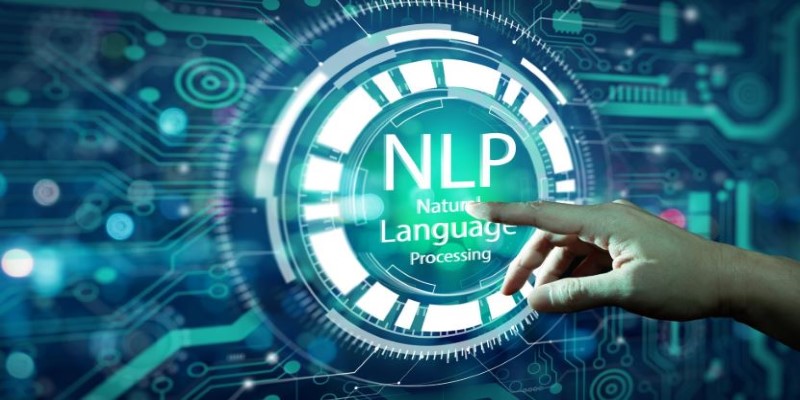
For instance, in healthcare, diagnostic tools match symptoms with known diseases. This requires knowledge organization—not just storing data but understanding relationships like cause and effect, symptom overlap, and disease progression.
In autonomous driving, vehicles rely on knowledge frameworks to differentiate a stop sign from a billboard. It’s not just about identifying objects—it’s about assigning meaning and making safe, fast decisions.
Even in natural language processing, context is everything. The word “bat” could mean a flying mammal or a baseball tool. Proper knowledge representation lets the system disambiguate based on surrounding words.
Common sense reasoning is another major area. Humans automatically know that if it’s raining, the ground is probably wet. AI needs that same awareness to avoid embarrassing errors. These everyday truths are part of background knowledge that must be represented and accessible.
Knowledge organization ensures that AI systems aren’t just data-heavy but meaning-aware. It separates smart machines from mere calculators. When a chatbot understands your intent or a robot adapts to a new environment, it relies on a strong backbone of well-structured knowledge.
The biggest challenge in knowledge representation is that human knowledge is messy. It's full of exceptions, contradictions, and fuzzy boundaries, and presenting that kind of knowledge in a rigid, digital format isn't straightforward.

Take language, for example. Words often have multiple meanings. “Bank” can refer to a financial institution or the side of a river. The right meaning depends on context. AI systems need representation models that can handle ambiguity and nuance. That’s why recent efforts combine symbolic representation with statistical models like neural networks. Together, they balance structure with flexibility.
Another issue is updating knowledge. Human understanding evolves. Science changes, social norms shift, and discoveries challenge old beliefs. AI systems need mechanisms to incorporate new information without breaking their existing knowledge structure. This isn't just about adding more data—it’s about reshaping the framework itself.
There's also the matter of scale. As knowledge bases grow, the relationships between concepts become more complex. Maintaining consistency and speed becomes a technical challenge. Too much-interconnected data can lead to a system that's slow or even contradictory.
Yet, these challenges are what make progress in this field so interesting. Researchers are constantly finding new ways to model time, space, causality, and even uncertainty. Probabilistic knowledge representation, for instance, doesn't say, "This is definitely true." Instead, it says, "This is likely true, given the evidence." That kind of reasoning feels closer to how humans actually think.
Efforts like knowledge graphs (used by companies like Google) try to scale structured knowledge across massive domains. These graphs map entities and their relationships across billions of pieces of information. They help AI systems answer questions not just with facts but with context.
The goal isn’t perfection—it’s usefulness. A knowledge representation doesn’t need to be complete. It just needs to be good enough for the task at hand. That’s why we see so many hybrid approaches: combining logic, semantics, statistics, and frames in one system tailored to specific applications.
Without knowledge representation in AI, machines wouldn’t understand context, make decisions, or adapt intelligently. It’s the core that transforms raw data into usable insight. Whether it's a self-driving car reacting to traffic or a chatbot interpreting your message, structured knowledge enables that behavior. As AI systems become more advanced, the need for clear, flexible knowledge organization becomes even more critical. Intelligence isn’t just storing facts—it’s connecting them meaningfully. While often overlooked, this foundational layer is what gives AI its real power. It’s not the flashiest part of AI, but it’s the part that truly makes it smart.

Master MLOps to streamline your AI projects. This guide explains how MLOps helps in managing AI lifecycle effectively, from model development to deployment and monitoring
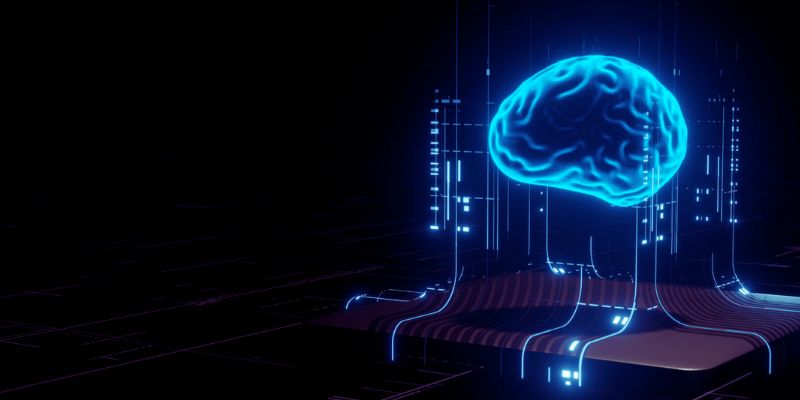
To decide which of the shelf and custom-built machine learning models best fit your company, weigh their advantages and drawbacks

Create profoundly relevant, highly engaging material using AI and psychographics that drives outcomes and increases participation
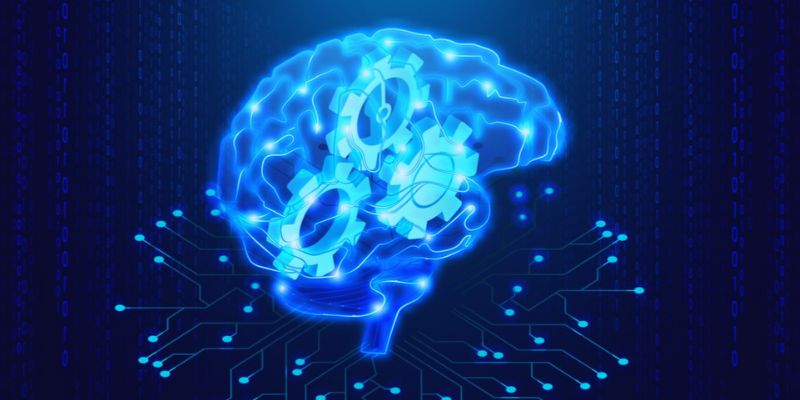
Know how to produce synthetic data for deep learning, conserve resources, and improve model accuracy by applying many methods

How Edge AI is transforming technology by running AI on local devices, enabling faster processing, better privacy, and smart performance without relying on the cloud

Natural Language Processing Succinctly and Deep Learning for NLP and Speech Recognition are the best books to master NLP
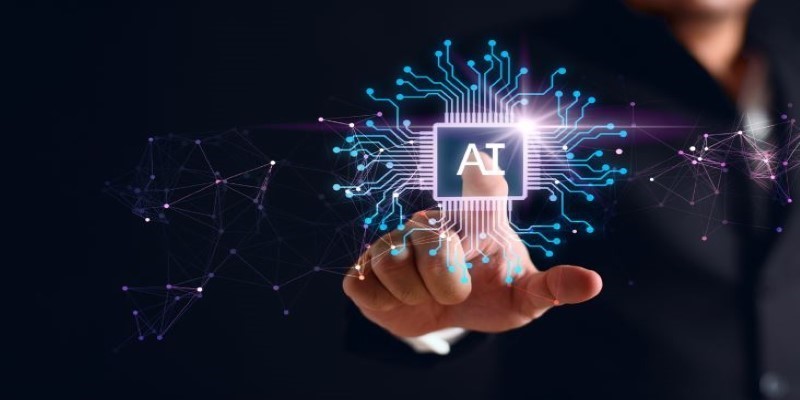
How leveraging AI into your business can help save time, reduce repetitive tasks, and boost productivity with simple, smart strategies
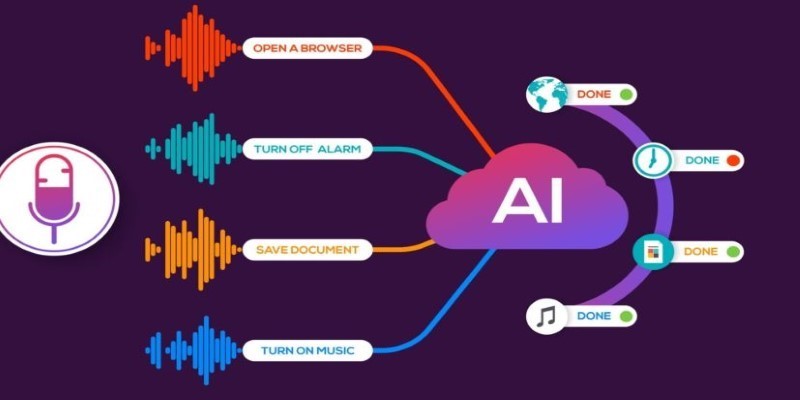
Speech recognition uses artificial intelligence to convert spoken words into digital meaning. This guide explains how speech recognition works and how AI interprets human speech with accuracy
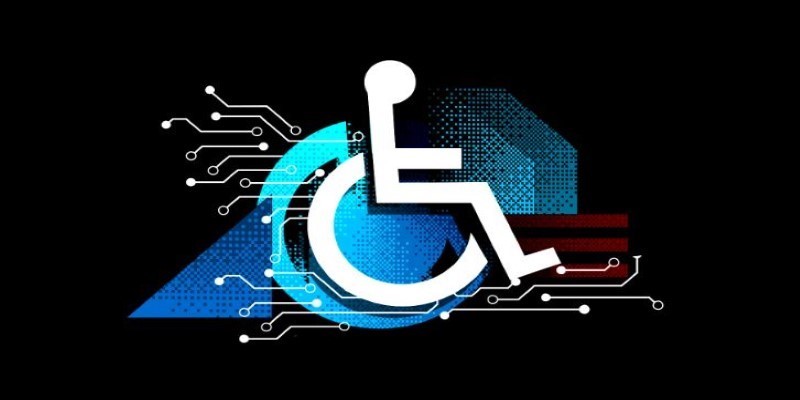
AI for Accessibility is transforming daily life by Assisting People with Disabilities through smart tools, voice assistants, and innovative solutions that promote independence and inclusion

The development of chatbots throughout 2025 will lead to emerging cybersecurity threats that they must confront.

AI in Agriculture is revolutionizing farming with advanced crop monitoring and yield prediction tools, helping farmers improve productivity and sustainability

The Black Box Problem in AI highlights the difficulty of understanding AI decisions. Learn why transparency matters, how it affects trust, and what methods are used to make AI systems more explainable